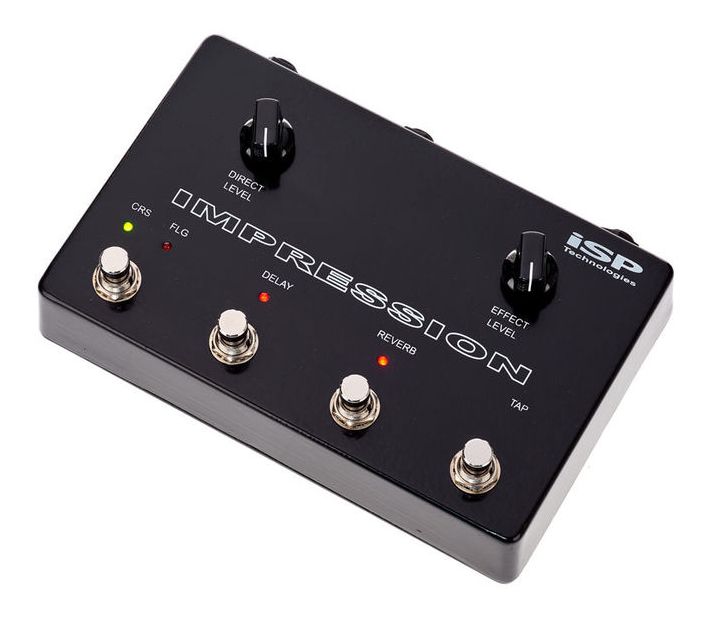

- #Chorus on fabfilter timeless bass chorus how to
- #Chorus on fabfilter timeless bass chorus pro
- #Chorus on fabfilter timeless bass chorus professional
I end the tutorial by showing you how the filters in the delay processor can have a huge impact on the perception of the stereo field. I run through all the parameters settings making sure to provide you with the best settings to use in your mix projects.
#Chorus on fabfilter timeless bass chorus how to
I explain all the functions of the stereo delay and how to use it to manipulate the stereo width of the drum beat. In the video I show you how to use a stereo delay plugin to manipulate the stereo width of a drum beat. In fact, most of today's processing plugins come with some form of stereo widening but in this tutorial we are going to use the Old School technique of using a stereo delay to create stereo width. There are many ways to apply widening processes to a sound: from using stereo effects to phase trickery, from panning mono sources to phase inverting one channel and feeding it into the other channel and so on. Some stereo widening plugins incorporate this exact process and the results can be both pleasing and solid in control. By inverting the phase of each channel and adding a small amount of this phase-inverted signal to the opposite channel, you can add spaciousness to any stereo sound. Most stereo wideners use Mid/Side processing to allow the user to work on either component in isolation. This process may sound complicated but when you see it in action you will realise how simple it is to use and yet so powerful in action. After the processing the signal is encoded back into the standard stereo format. Once the signal is in M/S we can treat the sides (known as the difference) and the mid (known as the sum) separately. That is not to say that stereo wideners cannot be used on sound sources or entire mixes - it is simple a case of managing mono sources within a mix context and excessive use of wideners can actually play against you.Ī better approach is to use stereo wideners that use Mid/Side processing.īasically, the stereo sound is split into middle (M) and sides (S) using a process we call 'Matrixing'. The problems associated with stereo wideners when used on stereo sources is that when summed to mono the stereo widening effect is lost and the sound comes across as just an echo albeit with a ton of phasing artifacts. This comes across as a single large stereofield of sound. The most common Haas effect technique is to create a copy of the audio you want to widen, pan each copy to the stereo field extremes (L and R) and apply a small delay to one side.

In a nutshell: when one sound is followed by another with a delay time of approximately 40 ms or less the two sounds are perceived as a single sound. The Haas effect, also known as the precedence effect, is a psychoacoustical effect described in 1949 by Helmut Haas that pertain to the localisation of sound sources.

Most stereo widening trickery incorporate the Haas Effect and the process we are going to explore is that of using a stereo delay to create width on a drum beat. There comes a point whereby too much widening will result in a skewed stereo image where the middle information is lost and the sides collapse. However, one of the problems associated with too much widening is that of stereo field collapse. The idea is to give the listener an immersive experience with sounds that seem to move in 3D rather than 2D. It seems that producers love to widen their mixes so as to afford a hyped stereo image.
#Chorus on fabfilter timeless bass chorus professional
My instinct is that if I had something I wanted to take further whatever that might mean, I would involve A Professional or, probably more likely, at some point (as is indeed the history of Rock and Roll) end up collaborating with other(s) who will offer pieces of the puzzle more concerned/talented with production.Stereo wideners are all the rage nowadays. I am resigned/realistic that I am not a producer/engineer and am more interested in writing/constructing songs than anything else. Honest question Doctor: As I rarely mix much (as anyone can tell from a quick listen etc and when I do tend to just shove things through an Audio Mastering preset and be done with it, is there really a lot for me to gain ( sic) from the Compression and Limiter plugs however lovely in the right hands they might be?
#Chorus on fabfilter timeless bass chorus pro
The only one that isn't completely indispensable is Pro MB.

I have actually used every single one of them, and don't regret a single purchase. In order of preference and usefulness (IMO of course):


 0 kommentar(er)
0 kommentar(er)
